This is the first installment in a series of posts that will feature unique stories from our design/build process.
During Week 4, we developed a PowerPoint prototype to help visualize our proposed experience and get feedback from fellow ETC students.
The prototype had two parts: the PowerPoint and the intelligence sheet. The PowerPoint side of the prototype recreated the experience we intend the VR guest to have. Meanwhile, the intelligence sheet gave information that would be provided to the guests in the immersion room, which would be used in communication with the VR guest. For playtests, one guest would be the “field agent” (the PowerPoint user), and another guest would be the “intelligence agent” (the intelligence sheet user). Neither guest could the see the other’s visuals to simulate the asymmetric experience we aim to make.
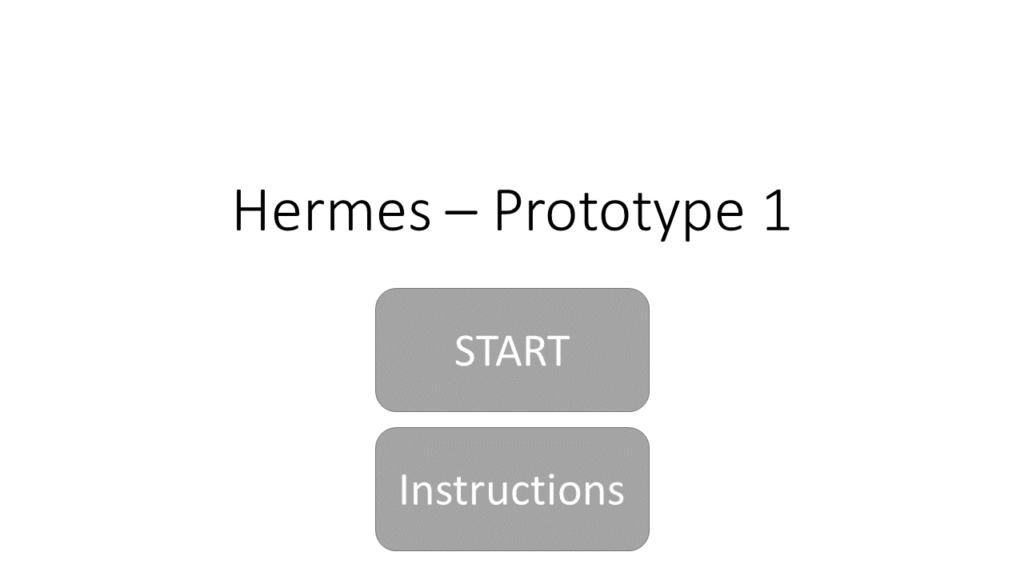
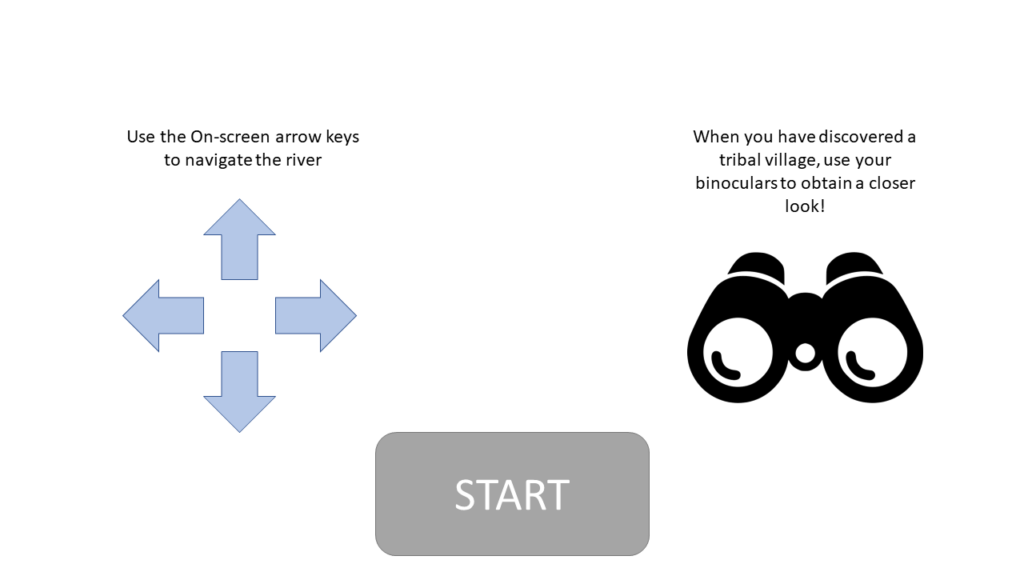
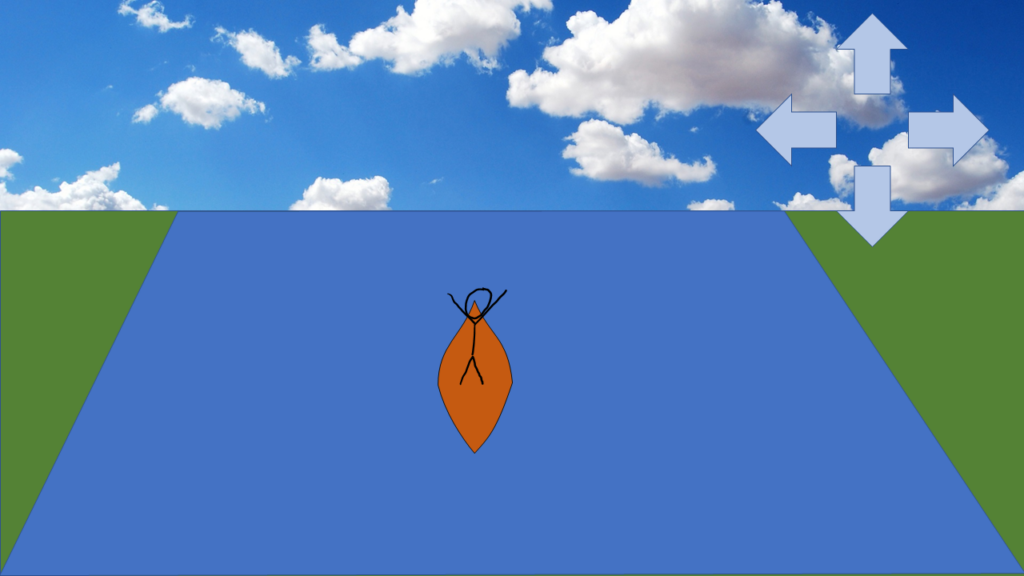
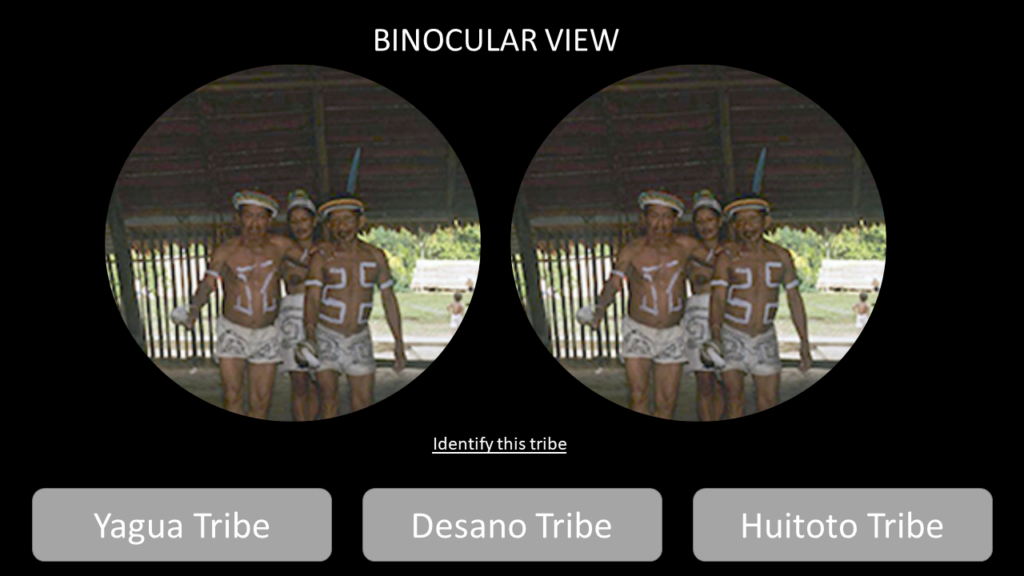
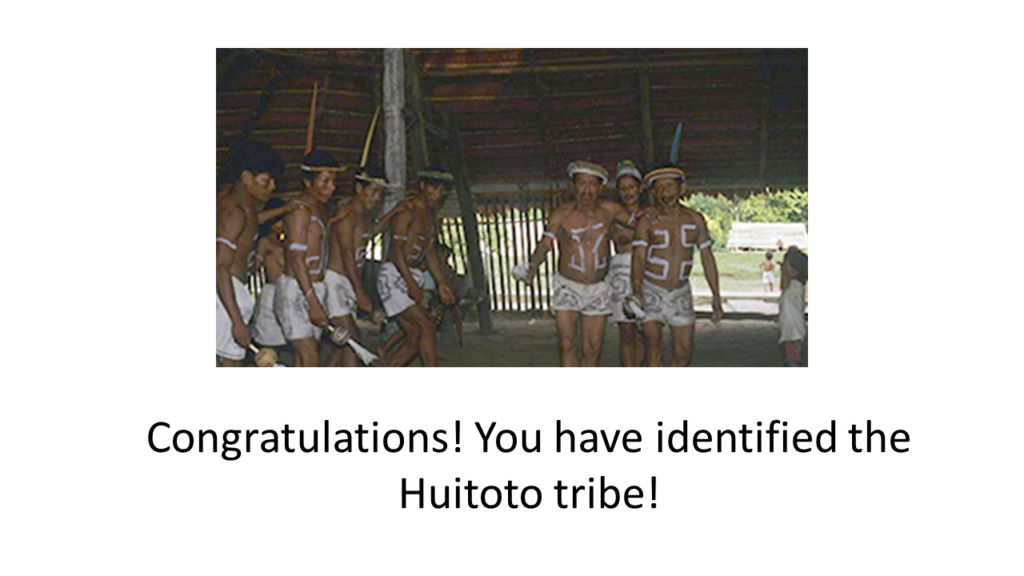
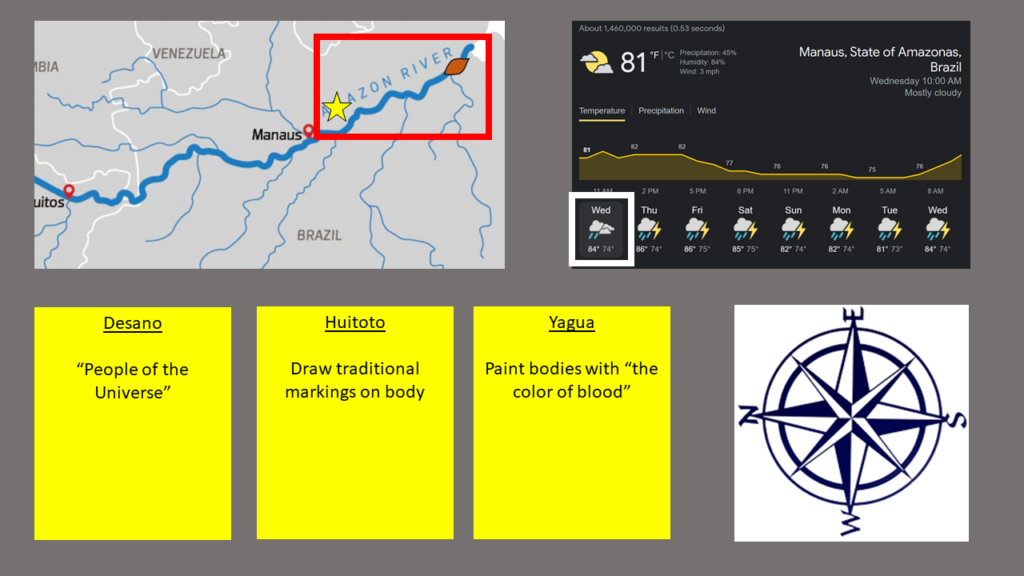
Several playtests were conducted. Observations on the guests’ communication and experience were noted during the playtest. After the playtest, each guest was asked to fill out a Google Survey we created. Following the survey, we explained to the guests how the prototype simulated ideas we hope to implement in our final product. This would prompt a discussion with noteworthy feedback.
In total, seven rounds of playtests were held with fourteen playtesters. In short, there was definite interest in the idea the prototype presents. There were several pieces of similar feedback that did come up from our playtesters. We hope to use all this feedback in the next steps of our design process.
A benefit of the prototype that we realized after playtesting was how well the prototype performed as an onboarding experience for our peers at the ETC. Over the past couple of days, we got to talk and interact with some peers that we don’t normally see on a daily basis. With the prototype, we were able to quickly demonstrate our current design to them. This helped spark insightful discussions with our peers, which helped generate more constructive feedback for our consideration.
Moving forward, we hope to conduct more playtests with more prototypes. The feedback we got from this prototype was very informative, and we believe future prototypes will generate the same result.